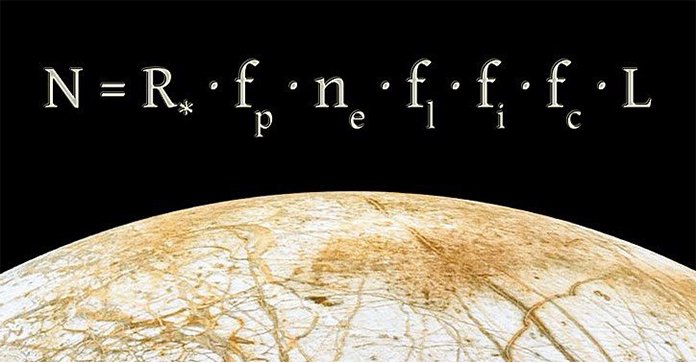The first detection of carbon dioxide in the atmosphere of a planetă outside the solar system, the first image of an exoplaneta by JWST, the first image of an exoplaneta ever taken at deep infrared wavelength, the first detection of silicate clouds in the atmosphere of planetary-mass companion…., the Telescopul spațial James Webb (JWST) is ushering in a new era in the study of exoplanets.
Studii de exoplanete (i.e., planets outside the solar system) in the stellar systems of stele in galaxies (including in our home galaxy Milky Way) hold key to the quest for habitable earth-like planete with environment and conditions conducive to support life. Exoplanete are the foci in the search of signatures of extra-terrestrial life. Several decades of thinking following Fermi’s paradox (1950) and Drake’s equation (1961), exoplaneta science seems to be gaining ground now. Over 5000 exoplanete including in galaxies outside our home galaxie, have already been detected and the list is growing.
JWST, which has recently become operational as a spaced-based Infrared Observatory commissioned at a distance of 1 million miles from the Earth is overcoming photometric measurement limitations of optical telescopes in a big way and seems to be ushering in a new era in the study of exoplanete and subsequently towards quest for habitable planete în home galaxy si dincolo.
O astfel de dezvoltare recentă a fost raportată în preprint pe 24th August 2022 este prima detectare definitivă a dioxidului de carbon (CO2) in the atmosphere of an exoplaneta. WASP-39b is a hot gas giant. Previous studies using optical telescopes had indicated presence of CO2 but transmission spectroscopy observations obtained with JWST confirmed presence of CO2 in the atmosphere of this exoplaneta1. Pentru că asta exoplaneta is a hot gas giant, presence of CO2 sugerează formarea atmosferei primare prin îmbogățirea cu metale, adică proporția de elemente mai grele decât hidrogenul și heliul este în creștere. Pe lângă CO2, the atmosphere of this exoplaneta should also have water, CO, and H2S. Prezența CO2 in the secondary atmosphere of a terrestrial exoplaneta is also significant though this is not the case with WASP-39b.
Prima detecție definitivă a CO2 a fost urmată rapid de raport (la 31st August 2022) of the first images of an exoplaneta luat de JWST, and the first image of an exoplaneta ever taken at deep infrared wavelength beyond 5 μm. This was done through coronagraphic observations of the exoplaneta, HIP 65426 b, using JWST’s Near-Infrared Camera (NIRCam) and the Mid-Infrared Instrument (MIRI). The images of the exoplaneta HIP 65426 b are quite sharp which confirms that JWST can directly image exoplanets in greater detail for enhanced understanding of the far-away planetary systems2.
Încă o altă evoluție a raportat la 1st September 2022 is the highest fidelity spectrum to date of a planetar-mass object, VHS 1256 b which was observed with JWST’s NIRSpec IFU and MIRI MRS modes. Water, methane, carbon monoxide, carbon dioxide, sodium, and potassium were observed in the spectrum. Further, the research team directly detected silicate clouds in the atmosphere of VHS 1256 b, which is the first such detection for a planetar-mass companion3.
The tools used in these studies, courtesy JWST, open door for new discoveries about exoplanets in the home galaxie si dincolo.
***
Referinte:
- The JWST Transiting Exoplanet Community Early Release Ştiinţă Echipa PGC et al 2022. Identificarea dioxidului de carbon într-o atmosferă de exoplanetă. Trimis pe 24 august 2022. Pre-printare la arXiv. DOI: https://doi.org/10.48550/arXiv.2208.11692
- Carter, AL et al. 2022. Programul științific de lansare timpurie JWST pentru observații directe ale sistemelor exoplanetare I: Imagini cu contrast ridicat al exoplanetei HIP 65426 b de la 2-16 μm. Preprint la arXiv. Trimis la 31 august 2022. DOI: https://arxiv.org/abs/2208.14990
- Miles, BE et al. 2022. Programul științific de lansare timpurie JWST pentru observații directe ale sistemelor exoplanetare II: un spectru de la 1 la 20 microni al companionului planetar-masă VHS 1256-1257 b. Preprint la axRiv. Trimis la 1 septembrie 2022. DOI: https://arxiv.org/abs/2209.00620
***






































